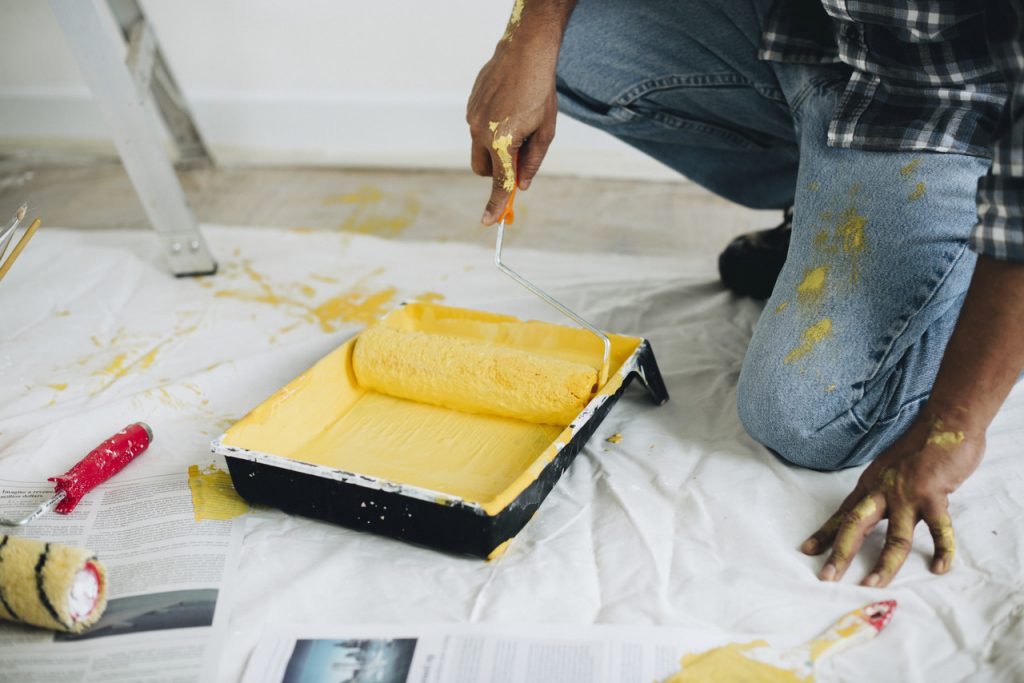Wash-resistant paints mean that we don’t have to refresh our walls so often, enjoying their neat appearance. What kind of stain-resistant paint should we buy and what should we pay attention to when applying it to the wall?
Stains after spilled drinks, crayons, markers or hand prints on walls are well known to many parents of small children and not only. How to deal with such accidents? Latex (dispersion) paint applied on walls will help to remove unwanted dirt quickly. It is a product that is perfect for frequently used rooms, such as a hallway, living room, kitchen or a child’s kingdom. Latex paint is characterized by:
Classic acrylic paints, although they are very affordable and give a really aesthetic effect, are not as resistant to dirt as their latex competitors. Why? For the production of latex paints are used, among other things, rubber, it is this unique ingredient that makes them have a flexible structure, so they spread easily on the wall and are resistant to moisture, scratches and other damage (microcracks). They form a thin, “rubbery” coating and are available in a wide range of colors – we can easily find a shade that suits our taste
>> See also: Exclusive wallpapers to the living room
An alternative to latex paints can be vinyl paints, which are also convenient in application and well tolerate light washing, but do not show good abrasion resistance
The abrasion resistance of a given paint can be verified by following the so-called PN-EN 13300 standard. Currently there are 5 classes of abrasion resistance:
It is worth mentioning that only class 1 and 2 paints stand up very well to wet scrubbing (this includes most latex products). Class 3 paints tolerate dry abrasion decently, while class 4 and 5 products are completely devoid of this feature. Information about abrasion can be found on the paint package or directly on the manufacturer’s website (we can also ask the salesperson in the store)
Latex paint can be applied to the wall in three different ways, using

Remember that before applying latex paint, you need to properly prepare the surface, which will increase its adhesion to the wall. After opening the container with paint, mix the product thoroughly until it reaches a smooth, homogeneous consistency. Start painting from hard to reach places (around windows, behind radiators). Pay attention to apply the paint in vertical strips, one next to the other, so that they overlap (the so-called “wet-on-wet” principle) to avoid streaks
Remember that after the paint is dry you cannot make any corrections as they will be visible on the wall. If you are not experienced in painting walls, you can always use the help of experienced professionals (preferably recommended).
Walls painted with latex paint can be washed wet and dry many times and even scrubbed with a sponge without losing their aesthetic appearance. They are perfect for bedrooms, kitchens, bathrooms, children’s rooms, hallways and living rooms. These are the most durable products for painting walls!